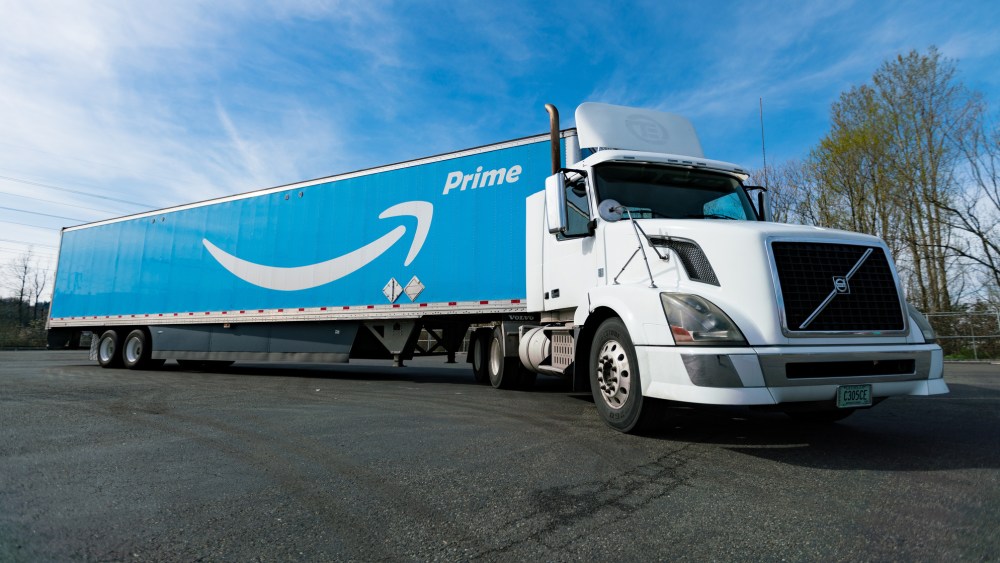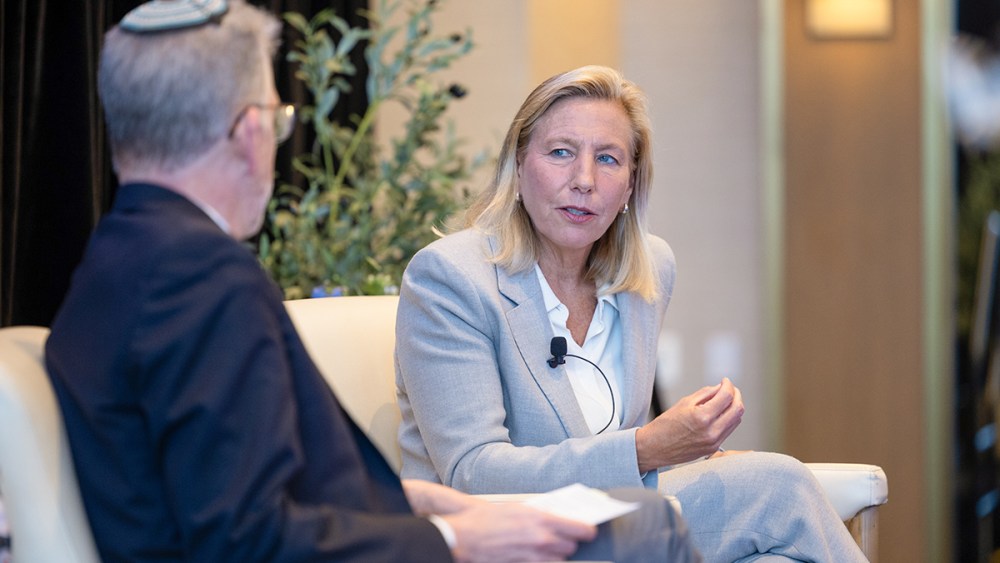Consumers are still hanging on — and coming into Amazon’s Prime Day with some online spending momentum.
June sales among non-store retailers, a category dominated by e-commerce, rose 8.9 percent from a year earlier — leading it to growth of 8.5 percent for the first half.
While that’s down from 10 percent growth in 2023, the gain shows how dot-coms — from Amazon to Walmart to the online businesses of other brick-and-mortar stores — are still picking up much of the industry’s growth.
Amazon’s Prime Day event, which runs Tuesday and Wednesday, is expected to drum up $14 billion in sales, according to Adobe Analytics, and will also drive more users into the shopping giant’s subscription program, which offers fast, free shipping, streaming video and more.
You May Also Like
Overall, the retail trends are more muted, but still stronger than many had hoped for.
Seasonally adjusted June retail and food service sales came in flat compared with May, while economists had forecast a 0.2 percent decline, according to FactSet.
Against a year earlier, June sales increased 2.3 percent. While that’s a gain that disappears when the 3 percent rise in inflation is taken into account, the monthly reading of sales was generally greeted with optimism.
Apparel and accessories specialty stores rose 4.3 percent from a year earlier and department store sales ticked up 1.7 percent.
The so-called “soft landing” seems to be on track, with the Federal Reserve so far successfully hiking interest rates to tamp down inflation while avoiding a recession.
Market observers are increasingly watching to see just when the Fed starts to cut interest rates, which would give consumers a boost.
“This is a stronger-than-expected retail sales report that points to the continued resilience of the consumer despite challenges such as inflation and high interest rates,” said Ted Rossman, senior industry analyst at Bankrate. “While the personal saving rate has fallen sharply and credit card balances have skyrocketed, there is optimism that the worst is behind us. Inflation continues to come down and many consumers’ finances are stabilizing.”
Between the economy and the continued gains of e-commerce and other changes in shopping preferences, some elements of the IRL retail world continue to struggle.
Department store sales fell 1.4 percent during the first half, on top of a 2.5 percent decrease for all of 2023.
It’s a decline that’s been going on for years and has been brought to the fore recently by HBC’s deal to buy Neiman Marcus and merge it with Saks Fifth Avenue, the Nordstrom family’s efforts to take Nordstrom Inc. private and activist interest in Macy’s Inc., which the company rebuffed this week.


